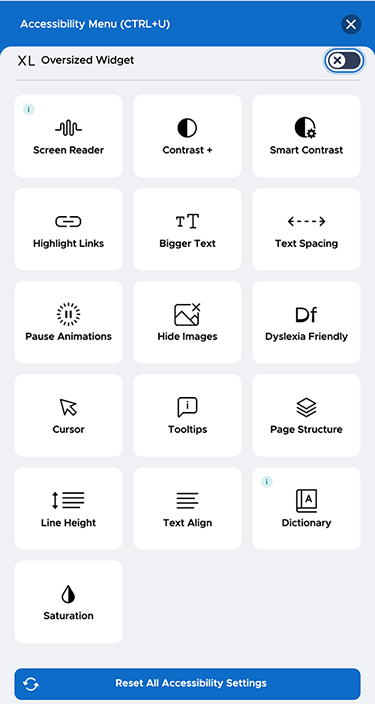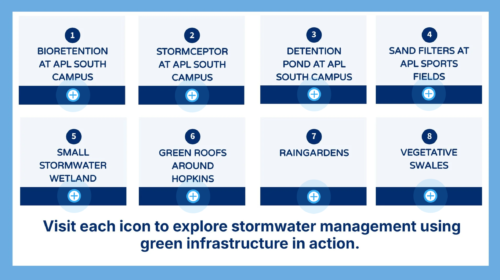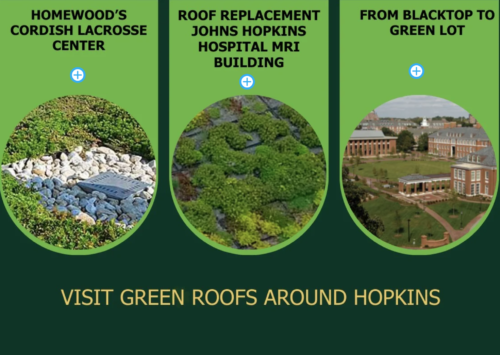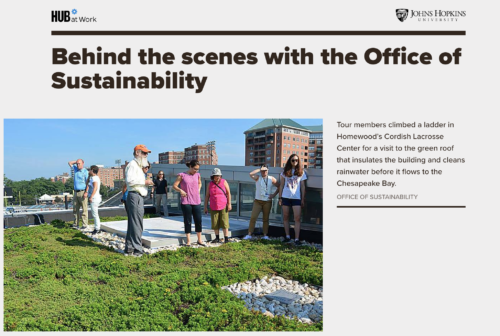

In a student-centered education environment, active learning theory suggests learning happens when students do more than just listen, watch or read. This is supported by educational research from Bonwell and Eison (1991) which emphasized the connection between active learning strategies to engagement and student satisfaction. Prince (2004) suggested that the use of case studies and simulations help students connect theoretical knowledge to real-life uses in their engineering education. Freeman (2014) further acknowledged that students retain deeper understanding of concepts for a longer time. With such evidence in its corner, it should be no surprise that active learning is highly recommended in online courses. That’s why we are excited to showcase a new tool – ThingLink – for creating engaging active learning options beyond the traditional voice over Power Point lecture videos.
ThingLink: What is it?
ThinkLink is an education platform that allows users to build interactive and immersive learning opportunities. In a quest for including more active learning in our courses, ThingLink uses interactivity as the focus of an engagement strategy. Interactivity can be added to images, videos, including 360 images and videos. Put a few of these together for a more immersive experience such as a tour of a lab space or an industrial facility to study the process without leaving home. With ThingLink students can navigate through virtual environments, clicking on hotspots to access additional information, video explanations, or interactive self-check quizzes, thus gaining a deeper understanding of the subject matter at their own pace.

Use Cases:
When choosing the types of learning experiences to include in your course, consider the following to add more engagement:
Accessibility:
As with many education tools, the accessibility of ThingLink is dependent on the use of best practices by the creator. With this in mind, what makes ThingLink stand out is a built-in accessibility menu that allows the end user to select the options that best fit their individual needs. This type of flexibility is vital in ensuring that all students receive the same regard for their needs without exclusion. In understanding the best practices for accessibility using ThingLink, we are compiling examples and templates to design these interactive learning assets for everyone.
Engaging students in our online courses has been a priority for faculty, program leaders and instructional designers alike. With ThingLink, we have a powerful tool that allows us to create engaging learning materials that not only teach everyone but also inspire them.



Users begin by accessing the interactive elements (+) on a highly customizable slide. In addition to “traditional hotspots” that lead the user to the next element of content, these can also be augmented for AR/VR and branching scenario- based learning experiences.


Hotspots can lead to a variety of content including websites, interactive videos and more. Audio can also be included for a more inclusive representation of content.
Visit the ThingLink website at thinglink.com to view examples and learn more about this engaging content creation tool.
References
Bonwell, C.C., and J.A. Eison, 1991. Active learning: creating excitement in the classroom, ASHEERIC Higher Education, Report No. 1, George Washington University, Washington, D.C.
Freeman S, Eddy SL, McDonough M, Smith MK, Okoroafor N, Jordt H, Wenderoth MP. Active learning increases student performance in science, engineering, and mathematics. Proc Natl Acad Sci U S A. 2014 Jun 10;111(23):8410-5. doi: 10.1073/pnas.1319030111. Epub 2014 May 12. PMID: 24821756; PMCID: PMC4060654.
Prince, M., 2004. Does active learning work? A review of the research, Journal of Engineering Education, 93(3).
https://www.thinglink.com/blog/discover-new-features-in-thinglink-ensuring-accessibility-for-all/
https://www.thinglink.com/blog/how-to-engage-students-in-online-learning/
https://www.thinglink.com/blog/thinglink-evidence-of-impact/